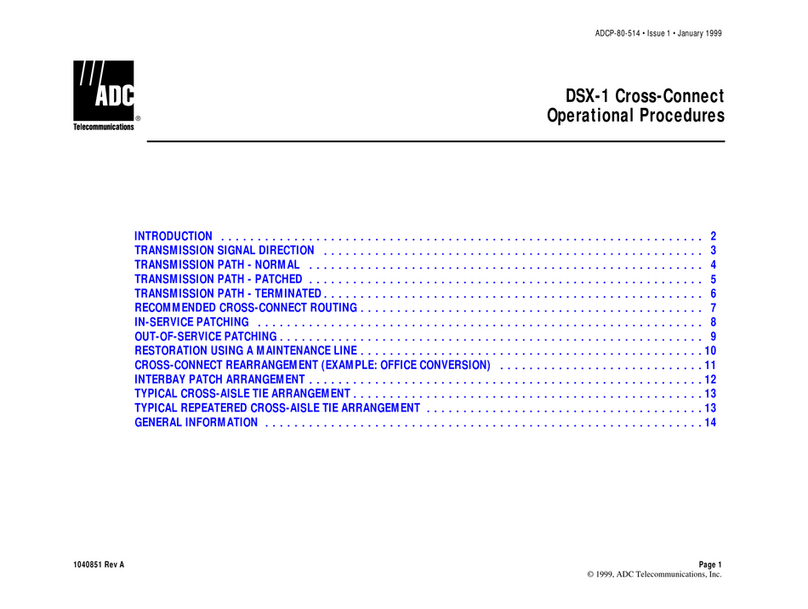
2
CAN Router
CAN Repeater Table of contents
1 Safety information . . . . . . . . . . . . . . . . . . . . . . . . . 3
1.1 Avoiding electro-static charge and uncontrolled
discharging (ESD) . . . . . . . . . . . . . . . . . . . . . 4
2 System . . . . . . . . . . . . . . . . . . . . . . . . . . . . . . . . . . 5
2.1 CAN Router . . . . . . . . . . . . . . . . . . . . . . . . . . 5
2.2 CAN Repeater . . . . . . . . . . . . . . . . . . . . . . . . 6
2.3 System prerequisites, Configuration . . . . . . . 6
2.4 Certificates. . . . . . . . . . . . . . . . . . . . . . . . . . . 7
3 Components . . . . . . . . . . . . . . . . . . . . . . . . . . . . . . 8
3.1 CAN Router . . . . . . . . . . . . . . . . . . . . . . . . . . 8
3.1.1 Variants of the CAN router. . . . . . . . . . 9
3.2 CAN Repeater . . . . . . . . . . . . . . . . . . . . . . . . 9
3.2.1 Variants of the CAN repeater. . . . . . . 10
3.3 Pin assignments. . . . . . . . . . . . . . . . . . . . . . 10
3.4 Pressure sensor 441 044 101 0 / 102 0. . . . 10
3.5 Cable . . . . . . . . . . . . . . . . . . . . . . . . . . . . . . 11
3.5.1 Power supply cable . . . . . . . . . . . . . . 11
3.5.2 Sensor cable . . . . . . . . . . . . . . . . . . . 12
4 Workshop instructions . . . . . . . . . . . . . . . . . . . . 13
4.1 Mounting and Installation. . . . . . . . . . . . . . . 13
4.1.1 Installation concept . . . . . . . . . . . . . . 13
4.1.2 Mounting the CAN Router / Repeater 14
4.1.3 Mounting the cable . . . . . . . . . . . . . . 15
4.1.4 Functional test . . . . . . . . . . . . . . . . . . 15
4.2 Fuses . . . . . . . . . . . . . . . . . . . . . . . . . . . . . . 15
5 Diagnostics. . . . . . . . . . . . . . . . . . . . . . . . . . . . . . 17
5.1 Diagnostic port. . . . . . . . . . . . . . . . . . . . . . . 17
5.1.1 ISO7638 towing vehicle/trailer
interface. . . . . . . . . . . . . . . . . . . . . . . 17
5.2 Hardware . . . . . . . . . . . . . . . . . . . . . . . . . . . 17
5.3 Diagnostic Software. . . . . . . . . . . . . . . . . . . 18
5.3.1 Diagnostic Software "Trailer CAN
Router-Repeater". . . . . . . . . . . . . . . .18
6 Appendix. . . . . . . . . . . . . . . . . . . . . . . . . . . . . . . . 20
6.1 Diagnostic messages. . . . . . . . . . . . . . . . . . 20
6.2 Drilling template . . . . . . . . . . . . . . . . . . . . . . 22
6.3 Diagram . . . . . . . . . . . . . . . . . . . . . . . . . . . . 23
6.3.1 CAN Router . . . . . . . . . . . . . . . . . . . . 24
6.3.2 CAN Repeater . . . . . . . . . . . . . . . . . . 27
1



























